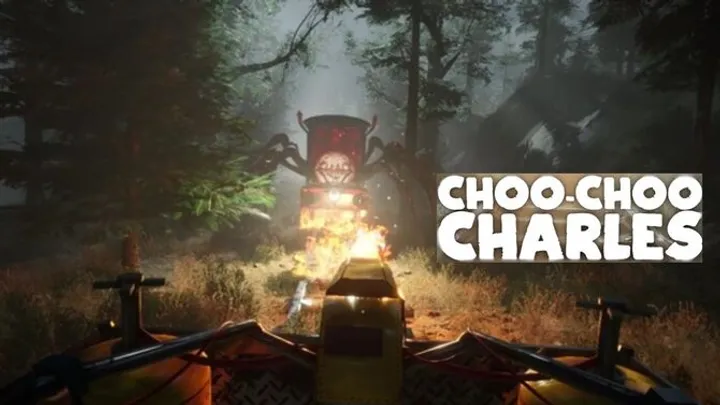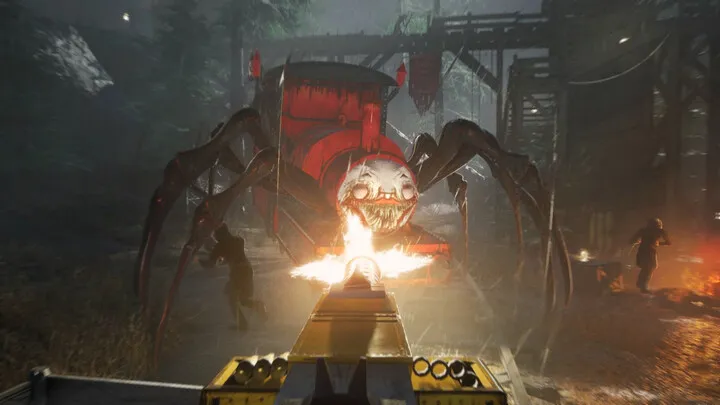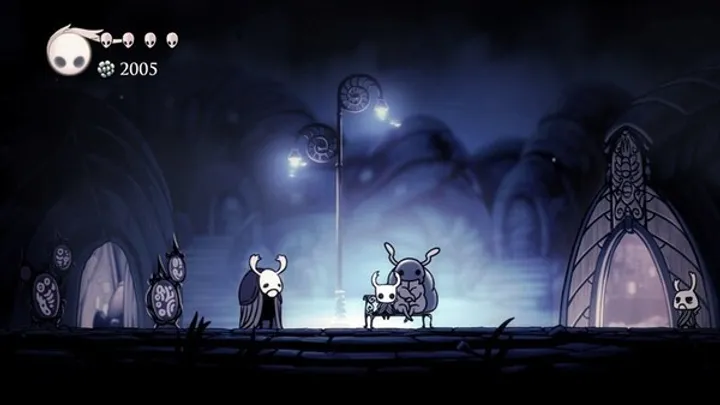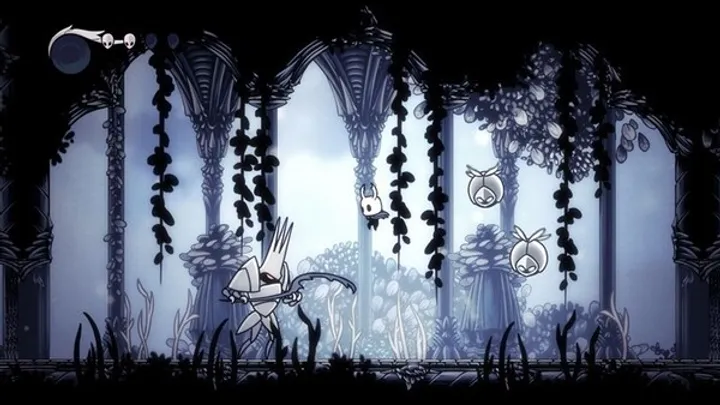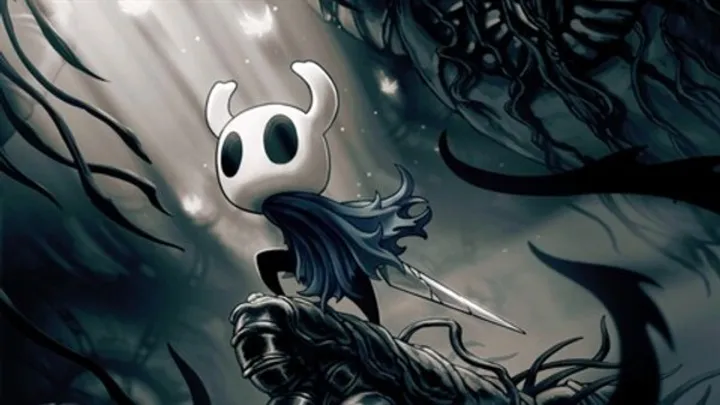At first glance, Brainrot Roblox looks like yet another meme-fueled corner of the massive Roblox universe. But in truth, it represents something much bigger—a cultural shift within online gaming itself. The term “brainrot” has become synonymous with chaotic humor, overstimulation, and the kind of absurdity that thrives in digital spaces. Within Roblox, Brainrot isn’t just a game—it’s a movement, a reflection of how Generation Z and Alpha process entertainment, identity, and irony through relentless digital noise.
This article dives deep into one of the most fascinating issues surrounding Brainrot Roblox: how the game turns meme overload into a unique form of player creativity—and how that very chaos blurs the line between parody and participation.
1. The Birth of Brainrot: From Meme to Movement
The Evolution of “Brainrot” Culture
“Brainrot” started as a joke about overexposure to online content—short, overstimulating videos filled with sound effects, random clips, and distorted memes. Over time, it evolved into a shared online aesthetic. When this idea hit Roblox, it exploded. Players began creating experiences that embodied the chaos of internet humor in physical, playable form.
Why Roblox Was the Perfect Platform
Roblox’s open creation tools allowed anyone to translate that meme-driven energy into 3D spaces. It became the ideal sandbox for players to make surreal environments where memes come alive—whether that’s dancing characters, nonsensical dialogue, or flashing neon nightmares.
Defining Characteristics of Early Brainrot Roblox
- Random sound spam and meme audio loops
- Clashing visuals with low-resolution textures
- Fast-paced, overstimulating gameplay and jump cuts
2. The Anatomy of Chaos: How Brainrot Roblox Works
The Language of Nonsense
Unlike traditional games with goals and progression, Brainrot Roblox thrives on sensory overload. It’s not about winning—it’s about feeling. Players are thrown into absurd situations that make no logical sense but feel strangely familiar through meme recognition.
Controlled Disorder
There’s method in the madness. Developers intentionally design broken physics, erratic movement, and unpredictable events. What seems random is often carefully crafted to maximize shock, laughter, or absurd beauty.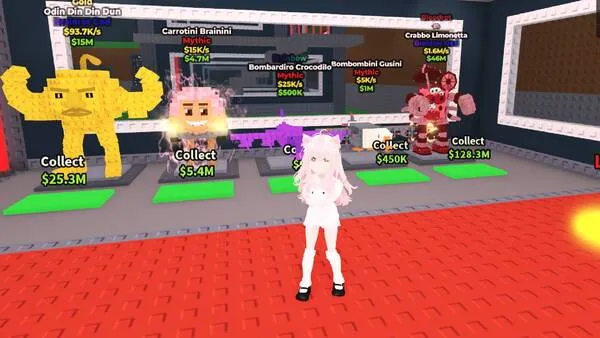
3. The Psychology of Overstimulation
The Pleasure of Confusion
Why do people love chaos? In Brainrot Roblox, confusion is the point. Players find joy in unpredictability because it mirrors the endless feed of online media they consume daily. Each sound or movement becomes a dopamine trigger—a reminder of something recognizable buried under absurdity.
Humor Through Noise
The game reflects how online humor has evolved from punchlines to pure reaction. Loud sounds, zoom-ins, and disjointed images are the joke. It’s performance art made from chaos.
Common Triggers in Brainrot Experiences
- Loud, sudden meme sounds
- Pop culture mash-ups
- Rapid scene changes and sensory spikes
4. The Community: Builders of Digital Absurdity
A Generation of Meme Architects
Behind every Brainrot Roblox world are young developers experimenting with comedy, sound, and speed. These creators understand that humor is now communal—players laugh together through shared confusion.
The Role of Collaboration
Roblox’s studio tools encourage collaboration, and Brainrot creators often remix each other’s worlds. A meme level from one creator might appear in another’s game a week later, evolving into a new form of digital folklore.
Hallmarks of the Brainrot Creator Community
- Constant iteration and remixing
- Emphasis on absurdism over structure
- Deep understanding of meme trends and audio culture
5. The Issue of Authenticity: When Irony Becomes Identity
Playing vs. Performing
Many players enter Brainrot Roblox not just to play, but to perform. They record reactions, create TikToks, and share absurd clips. The game becomes a stage for irony, where sincerity and mockery blur together.
The Loss of Meaning
As Brainrot culture spreads, it raises a question: does constant irony make it impossible to tell when players are joking? The game mirrors the wider internet’s struggle with meaning—where everything is funny and nothing is real.
6. The Design Philosophy: Freedom Through Fragmentation
Breaking All the Rules
Traditional game design relies on structure, pacing, and player clarity. Brainrot Roblox rejects all of that. It’s fragmented by design—levels start and stop without warning, mechanics break on purpose, and logic collapses into noise.
The Art of Controlled Failure
Developers intentionally use “bad design” to create good experiences. Lag, sound glitches, and texture clashes are embraced rather than fixed. The result is an aesthetic of imperfection—an intentional digital mess that feels alive.
Typical Design Elements
- Lo-fi sound layering and distortion
- Jump cuts between unrelated settings
- Unstable camera movement for comic effect
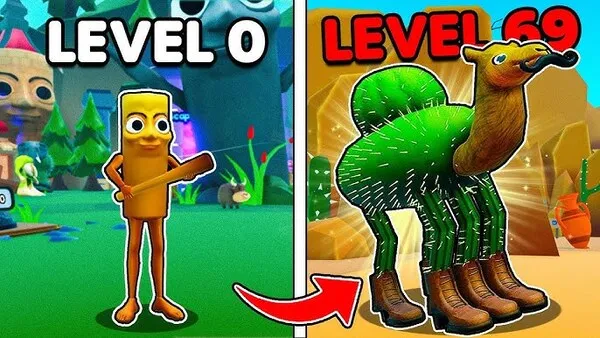
7. The Social Impact: A Mirror of Online Culture
Internet Humor Made Playable
Brainrot Roblox doesn’t just reflect meme culture—it is meme culture in motion. It captures the chaotic rhythm of scrolling through short-form content, where attention spans are shredded and meaning is fluid.
A Digital Coping Mechanism
For many young players, the overstimulation isn’t overwhelming—it’s comforting. It mirrors how they experience the internet daily, transforming chaos into something familiar and safe.
Core Social Reflections
- Humor as defense against boredom
- Parody as self-expression
- Community through shared absurdity
8. The Dark Side of Brainrot: Burnout and Desensitization
Too Much Noise
Constant sensory input can desensitize players. Overexposure dulls humor and makes chaos feel empty. What was once funny becomes exhausting. This burnout reflects a larger digital fatigue present in social media culture.
The Paradox of Connection
While Brainrot Roblox thrives on shared laughter, it also isolates players within layers of irony. Conversations become meta, meaning gets lost, and sincerity feels out of place. The result: a community that laughs together, but rarely connects deeply.
9. The Future of Brainrot: Evolution or Implosion?
The Path Forward
Brainrot Roblox will either evolve into a new creative genre or collapse under its own overstimulation. Developers may refine the chaos, turning meme overload into interactive satire, or it may remain a chaotic celebration of nonsense.
The Rise of Hybrid Genres
We’re already seeing crossovers—Brainrot mechanics in horror games, tycoons, and simulators. This hybridization could define the next wave of Roblox creativity, blending absurdity with structure in new ways.
Potential Future Trends
- Meme-based storytelling
- Irony-driven narrative design
- Collaborative absurdism as a genre
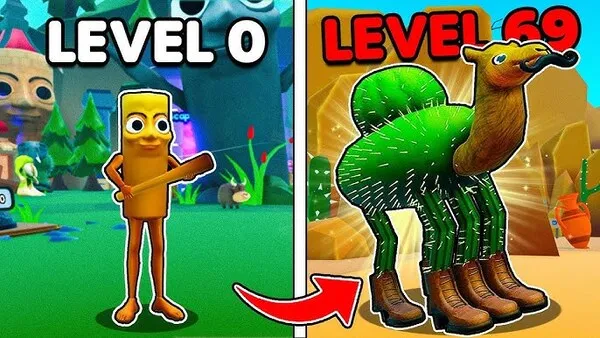
10. The Legacy of Brainrot Roblox: A Reflection of Our Time
Chaos as Communication
At its core, Brainrot Roblox represents how the next generation communicates—through layers of irony, memes, and exaggeration. It’s digital surrealism born from attention fatigue.
Beyond the Joke
While critics dismiss it as meaningless noise, Brainrot Roblox is also a snapshot of youth culture adapting to overstimulation. It’s not just a game—it’s a mirror held up to an internet generation that finds beauty in chaos.
Conclusion
Brainrot Roblox is a cultural phenomenon disguised as a joke. Its noisy, nonsensical nature hides a powerful truth about how young people experience the digital world: endlessly stimulated, constantly amused, and always searching for meaning within the absurd.
It’s chaotic, funny, and strangely poetic—a world where memes become art and confusion becomes creativity. In the end, Brainrot Roblox is less about brainrot itself and more about the players who’ve learned to thrive in it.








